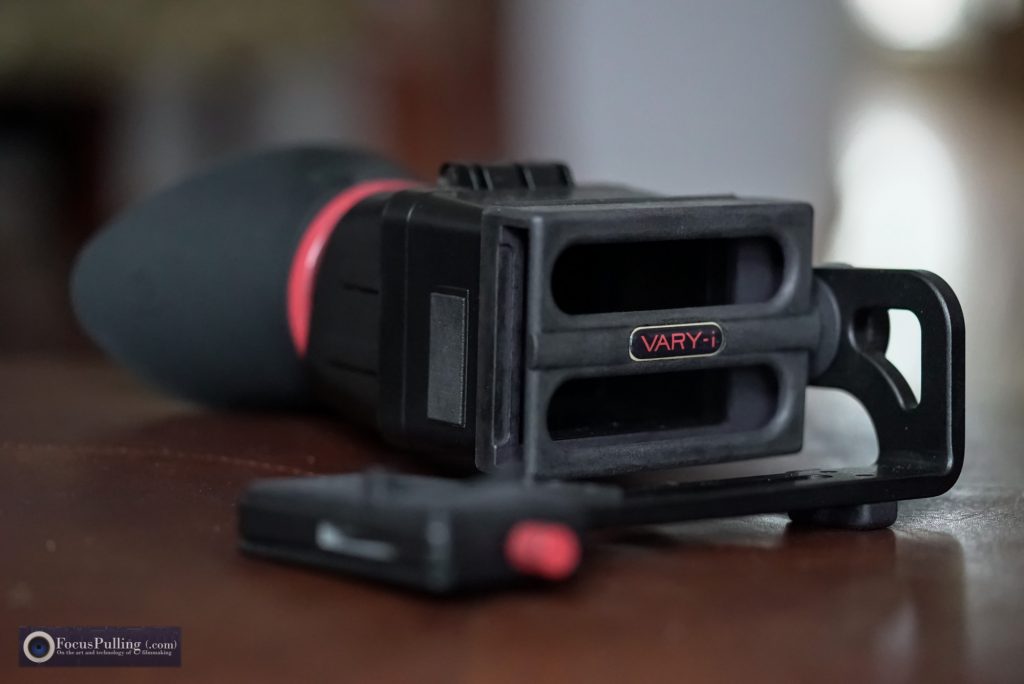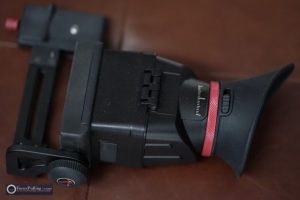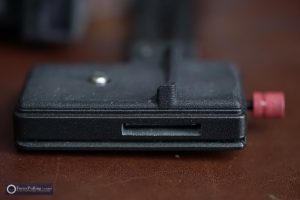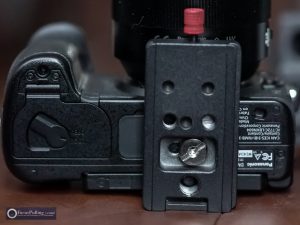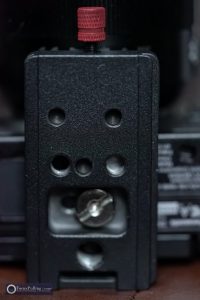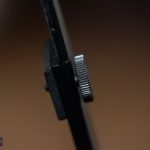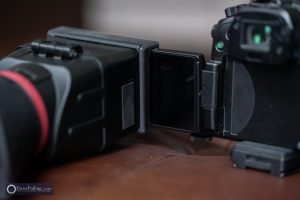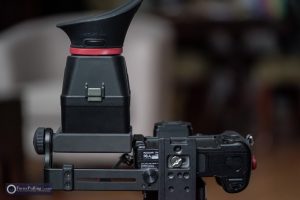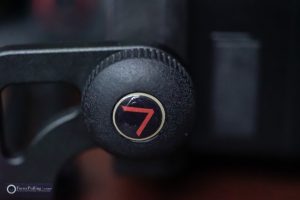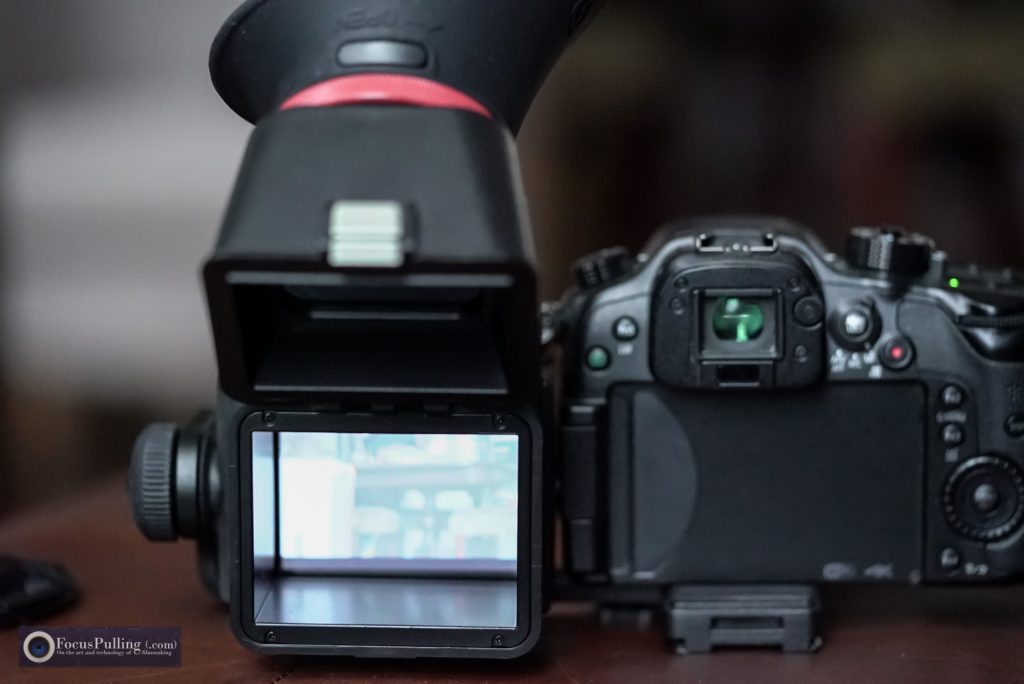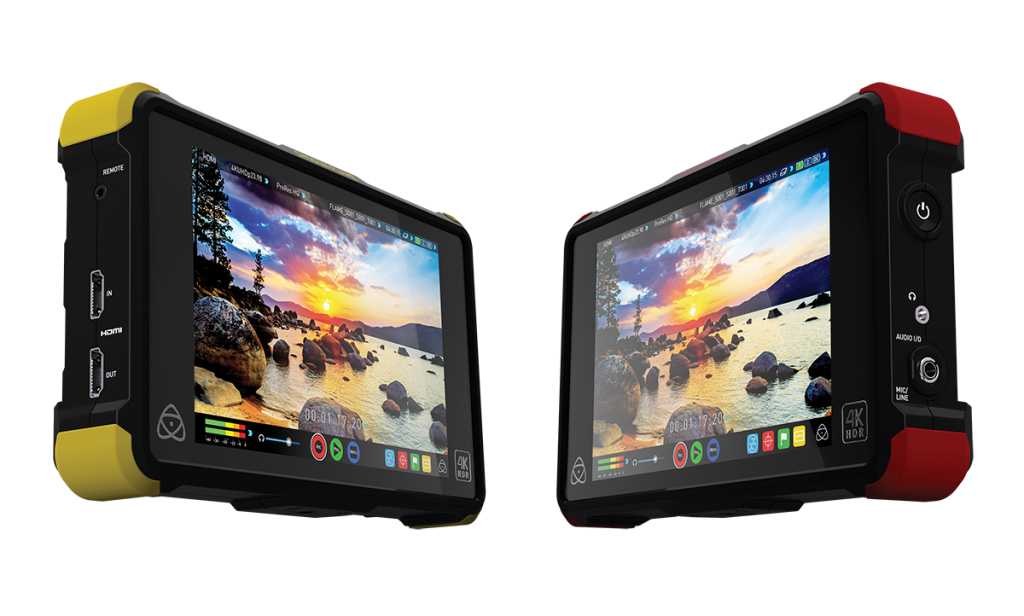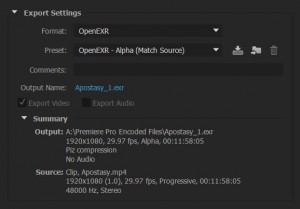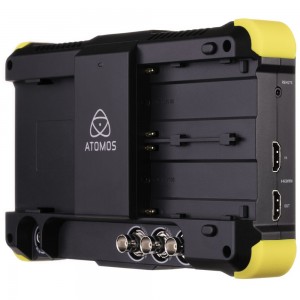Heading into Election Day, most Americans are feeling low (count me among them). Between some songs that I had the honor to document when Denyce Graves gave a hometown concert in September, American Anthem by Gene Scheer really stuck with me. In 1998, she sang its premiere to Bill and Hillary Clinton, then later at the inauguration of George W. Bush. But it transcends partisan politics and speaks to who we are, heroism at the middle. When Denyce sent her warm approval today, the timing couldn’t be better. It’ll resonate with Election Day and the complicated term of a new President, but whatever the outcome, I want to think that we’ve still got a lot of life left in us.
PRODUCTION NOTES
I’ve been shooting with The Phillips Collection in Washington, D.C. for years, but lately I’ve shifted my kit to something less hearty than the old workhorse Sony NEX-FS100. Since that was a “real” camcorder, it required less rigging and had actual “pro” ports, but I couldn’t resist the allure of upgrading to 4K resolution these days, not to mention the continued improvements in low-light sensitivity accorded from full-frame sensors. It’s incredible to think that for a very long time, the purpose-built Super 35mm sensor of the FS100 was a low-light beast, and practically the best you could get until Canon Cinema EOS came along. If nothing else, I was pretty happy to see it kill off the bain of our existence a few years ago: aliasing.
Yet now, the only full-frame cinematography option happens to be a toy. Well, sort of. The Sony a7S II has the form factor of a purse camera, but no other acquisition device on the market (besides something totally beyond reach like an ARRI Alexa 65) combines a full-frame sensor with credible LOG-color cinematography (though maybe the FS7 II launching next week will up the game, breaking from its predecessor’s Super 35mm sensor size). Full-frame sensors don’t assure optimum quality — I’ll take an ARRI Alexa over an a7S II any day — but in a pinch they certainly guarantee quicker options for manipulating depth of field, and using practical lights.
Problem is, you end up with the monster kit seen above. That’s what I used to shoot the concert up top, as my A-camera. For this style of shooting, one typical no-no in cinematography — zooming! — becomes something of a necessity, thus the full-frame Sony 28-135mm f/4.0 power zoom cinema lens is a godsend. Since it’s practically parfocal, tack-sharp focus doesn’t creep off as you zoom in and out. That’s really important when you’re shooting alone, without someone doing dedicated FocusPulling. (The name of this whole website community is sort of tongue-in-cheek, at least for me.) Even so, the continuous f/4 aperture on a full frame still guarantees a fairly shallow depth of field, making it necessary to adjust focus even during a zoom toward your focal point destinations — and for that, I’ve got a shockingly cheap-o gadget made by Fotga plugged into the USB port on the a7S II that controls the power zoom lens, strapped onto the tripod handle, so that I can simultaneously pull focus using a D-Focus gear locked into the teeth of the cine lens barrel. I’m feeding power to everything using a V-Mount MAXOAK high-capacity battery, on a CAME-TV plate, via an IndiPRO Tools battery adapter, as further described in my power rigging video at YouTube. I’ll get into more of these physical rigging details in an upcoming dedicated video that follows up the “viral hits” I created on Rigging the Blackmagic Pocket Cinema Camera and Rigging the Panasonic GH4.
SHOOTING IN LOG, EVEN WHEN YOU’RE NOT SUPPOSED TO
Speaking of which, since I’m an indie who can’t just expense stuff out to a media house/corporation, I didn’t have two additional perfectly matching a7S II’s to cover my other angles. So, those old BMPCC and GH4 workhorses filled in the gaps, since they offer that one wondrous common denominator that brings parity between cameras these days: LOG color profiles. Controlling highlights has become a pet peeve of mine, to preserve dynamic range and attain that elusive “film look,” so I’m still stubborn about still shooting in LOG even where there’s low light. I even committed the worst infraction, choosing S-Log3 for my a7S II A-camera, which struggled with noise in the shadows well beyond the profile’s native design. But, that shortcoming aside, the primary virtue of LOG color is its flexibility in the color grade, especially when dissimilar cameras are in the multi-cam mix: as long as they all shoot LOG, there’s a fighting chance to match them, especially using my tool of choice FilmConvert that aligns distinct camera profiles with a common film stock emulation.
A common myth is that Sony solved its overheating fiasco even after updating the a7S II (and a7R II) firmware. That’s only partly true, as they merely raised the heat threshold to some higher amount before shutdown (which was an expedient compromise that might someday be proven to damage internal components, a remaining concern in their same strategy for the upcoming a6500). So: the desperate bag of tricks to keep the a7S II cool are to use an external battery, and an external recorder. At left, you can see the Atomos Shogun hooked in, which of course doubles as an excellent full-HD monitor given the lack of a good loupe, and it also records in a “better” (even though it’s Apple) codec direct to SSD. The a7S II delivers 4:2:2 sampling to the Shogun, instead of 4:2:0 into itself, which is a nice little bump up but still not 10-bit.
You can probably guess which of the two remaining angles used which camera: after all, the camera on the piano keyboard stays fixed (Blackmagic Pocket Cinema Camera at 1080p) while the wide shot (Panasonic GH4 at UHD-4K) zooms in and out slightly, almost always cropping me out from view as camera operator. It’s the classic bonus benefit of 4K acquisition in a workflow that’s eventually output to 1080p anyway: you get all that cropping latitude, as if you’re an active camera operator in post, even though it was just sitting there on sticks during the shoot.
The concert audio is fantastically above my pay grade, as it’s professionally recorded (by ace Edward Kelly), and I just throw his 24-bit uncompressed audio files into PluralEyes for the multi-camera synchronization in Premiere. The tinny, awful sound quality from each of the cameras’ internal microphones is more than adequate for nailing sync.
YOU CAN DO IT ALL
I’m pretty happy with how it turned out, given the things that I couldn’t control like the dim mix of outdoor versus indoor lighting, and poles obstructing a view that I had to edit around. I think the weakest link is that rear wide shot, from the Panasonic GH4, which really struggled using an f/2.8 aperture to capture enough light in V-Log using 1600 ISO: I had to crank up Denoiser II in post to 200%, which compromised image quality of course. Classical music concerts are a tricky environment to manage these technical strategies, because there is little room for re-configuring things after the curtain goes up, to preserve silence and uninterrupted sightlines. But those limits also make multi-camera shoots from a single operator (e.g., me) surprisingly feasible — all this stuff fit in one backpack and one shoulder bag, and I carried it all home on the subway. So I guess these tiny little cameras aren’t so bad after all.



